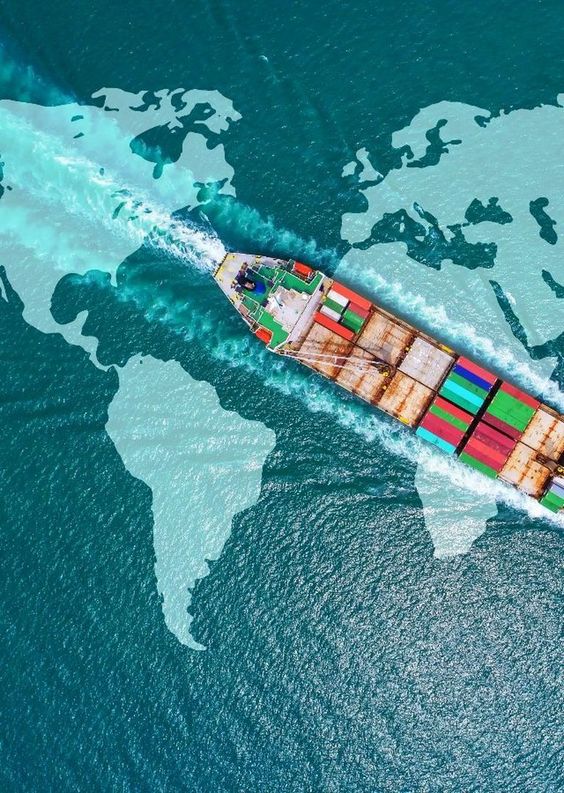Overpacking the goods when shipping to Germany not only increases costs but also risks customs delays or damage. Knowing how to avoid overpacking when shipping to Germany helps you save money, reduce environmental impact, and ensure smooth deliveries. This guide shares practical strategies to optimize packaging for German shipments.
1. Choose the Right Packaging Materials
Prioritize Function Over Bulk
Select lightweight materials that offer adequate protection, such as honeycomb cardboard or recycled foam. For example, use double-walled boxes for fragile items instead of triple-layered packaging unless strictly necessary.
Avoid Unnecessary Filler Materials
Skip excessive bubble wrap or air pillows for sturdy goods. Test packaging by gently shaking the box—if contents don’t shift, it’s secure enough.
2. Measure Accurately for Realistic Sizing
Calculate True Dimensions
Use a tape measure to record the exact length, width, and height of each item before adding packaging. Round up to the nearest 5 cm for buffer space, but avoid overestimating.
Use Standard Box Sizes
Match goods to common box sizes (e.g., 40cm×30cm×20cm) to minimize empty space. Custom-made boxes for odd shapes cost more and often lead to overpacking.
3. Optimize Cushioning for Fragility
Target High-Risk Areas
Apply foam inserts or corner protectors only to vulnerable parts (e.g., handles on electronics or glass edges). Full-box padding is rarely necessary for modern manufacturing standards.
Test Drop Resistance
Conduct a simple drop test from 30 cm to ensure packaging withstands transit shocks. If the item remains secure, you’ve used the right amount of cushioning.
4. Understand German Packaging Regulations
Comply with EU Waste Laws
Germany enforces strict rules on single-use plastics and non-recyclable materials. Use water-based tape instead of plastic tape and ensure packaging is labeled recyclable in German or English.
Avoid Excessive Branding
Overly branded packaging with logos or promotional materials may trigger customs scrutiny. Keep exteriors simple and focus on functional labels.
5. Practice Modular Packaging for Bulk Orders
Split Large Items into Units
For bulky products like furniture, disassemble them into flat-pack components. This reduces overall volume and allows for tighter, more efficient packing.
Use Pallets Strategically
When shipping LCL (less-than-container-load), stack boxes on pallets neatly to maximize vertical space without overloading. A standard EUR pallet (120cm×80cm) holds up to 500 kg safely.
6. Label Clearly to Prevent Mishandling
Highlight Fragile Areas Sparingly
Use “Fragil” or “Handle with Care” labels only on genuinely delicate packages. Overusing these labels can desensitize handlers to real risks.
Include Weight and Dimension Labels
Print package weight (in kg) and dimensions (in cm) clearly on all sides. This helps customs officers and carriers process shipments faster without unnecessary inspections.
7. Leverage Professional Packaging Services
Consult with Freight Experts
Partner with logistics providers like China Top Freight for tailored packaging advice. Their experience with Germany-bound shipments can help you identify overpacking risks in advance.
Use Packing-as-a-Service
Some forwarders offer packaging solutions that balance protection and efficiency, such as vacuum-sealing textiles or using inflatable air bags for electronics.
In conclusion, learning how to avoid overpacking when shipping to Germany requires a mix of practical measurement, material efficiency, and regulatory awareness. By focusing on functional packaging, complying with EU standards, and seeking expert advice when needed, you can reduce costs and environmental waste while ensuring safe deliveries. For personalized packaging support on your Germany shipments, consider working with experienced freight partners like China Top Freight to optimize every step of the process.Utilize China Top Freight to help solve the problems you are facing. Contact us today to embark on your smooth transportation journey!


